#471 - Holiday Rebus Puzzle
Which holiday are we talking about ?

He(he-man) + low(down array) + E +N(no)
halloween
Which holiday are we talking about ?

He(he-man) + low(down array) + E +N(no)
halloween
Solve the number series problem in the picture below ?
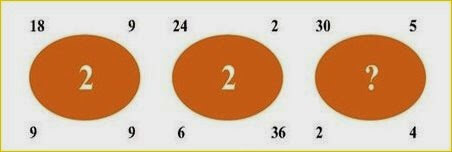
3
Center Number = (Top Left Number * Bottom Left Number)/(Top Right Number * Bottom Right Number)
= (30 * 2) / (4*5)
= 3
Alex and Martin are planning on a vacation. Alex says, "It will be better if we take the train to the hotel. We will reach faster."
To this, Martin says, "No. You are wrong. The train stops at halfway to the hotel and then we will have to walk the rest of the way. We should take the bikes to the hotel directly."
Alex says, "You are wrong."
Now, Alex takes the train while Martin takes the bike. The train travels with four times the speed of bike. The bike travels at twice the speed of walking.
Who do you think will reach the hotel first?

Martin
S = total distance to the hotel.
V = walking speed.
2V = bike speed.
8V = train speed.
A = time taken by Alex
M = time taken by Martin
A = (S/2)/8V + (S/2)/V = S/16V + S/2V
M = S/2V
Now if you notice, A exceeds M by S/16V. Therefore, Martin will reach the hotel first.
Can you find a number that lies one third of the distance between 1/3 and 2/3?
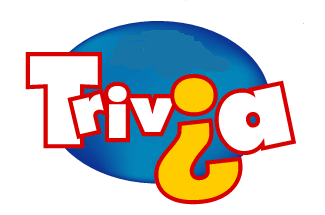
Let us find a bigger multiple first. Lets multiply the numerator and denominator by 9 in both the numbers.
Now, 1/3 = 9/27
And, 2/3 = 18/27
Clearly, 12/27 lies one third on the distance between the two numbers now.
A solo dice game is played. In this game, upon each turn, a normal pair of dice is rolled and the score is calculated not by adding the numbers but multiplying them.
It is observed that in a particular game, the score for the second roll is five more than what was achieved in the first roll. The score for the third roll is six less than what was achieved in the second roll. The score for the fourth roll is eleven more than what was achieved in the third roll. The score for the fifth roll is eight less than what was achieved in the fourth roll.
Can you calculate the score for each of the five throws ?
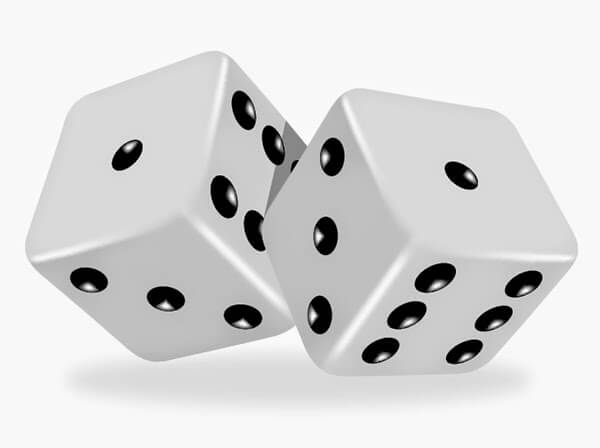
Score for the first roll - 10
Score for the first roll - 15
Score for the first roll - 9
Score for the first roll - 20
Score for the first roll - 12
You are given four following results:
1111 = F
2222 = E
3333 = T
Then, can you find out how to code 4444 ?
sixteen
It is simple.
1 + 1 + 1 + 1 = Four
2 + 2 + 2 + 2 = Eight
3 + 3 + 3 + 3 = Twelve
4 + 4 + 4 + 4 = Sixteen
A newly wed couple went for hiking trip outside the country. After two days, the wife returned and informed the police that her husband fell while hiking and could not survive. Police registered the case. The next day, they returned to her home and arrested her. On asking why they were arrested her, the police told her that her travel agent had called and they are arresting her for the murder of her husband.
How do you think the travel agent knew about the murder ?
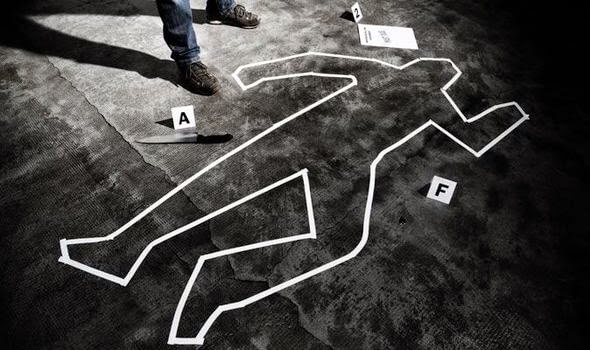
The travel agent informed the police that she had booked two tickets for the departure but only a single ticket for the return.
You are given the sum of symbols in each row and column in the attached figure. Analyzing the figure, can you find out the value of the symbols?
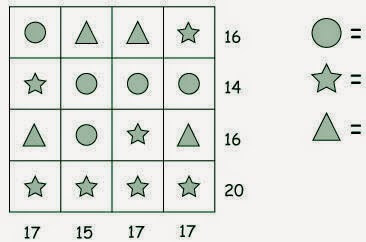
Value of Circle is 3
Value of Star is 5
Value of Triangle is 4
Below, you will find the mathematical proof that 10 equals 9.99999…. But is that possible or there is something wrong about it? Can you find the error?
x = 9.999999...
10x = 99.999999...
10x - x = 90
9x = 90
x = 10
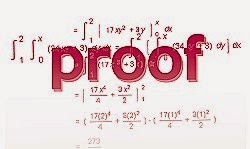
No error is present in this proof and 10 is actually equal to 9.99999…. The proof is absolutely correct.
You have $100 with you and you have to buy 100 balls with it. 100 is the exact figure and you cant go below or above the numbers and you have to use the entire $100. If there is no kind of tax applied how many of each of the following balls will you be able to buy:
Green Balls costing $6
Yellow Balls costing $3
Black Balls costing $0.10
Now, how many of each must you buy to fulfill the condition given?
1 green ball = $6
29 yellow balls = $87
70 black balls = $7
Detailed Explanation :
Let us denote the number of balls to be brought with a variable
p = green sponges
q = yellow sponges
r = black sponges
Now using a simple expression:
p + q + r = 100
6p + 3q + 0.1r = 100
Multiplying the first equation by 6 then 3 and subtracting the two equations, we get:
6p + 6q + 6r = 600
3p + 3q + 3r = 300
3q = 500 - 5.9r
3p = 2.9r - 200
Usually, we have three equations to solve three variables. However, we will manage with just two here because we know that p and q are non-negative integers.
If 3q >/= 0, then 500 - 5.9r >/= 0.
Using this, r
Also, if 3p >/= 0, then 2.9r - 200 > 0. This implies that r >/= 68.97.
Now, the number of black balls must be an even dollar amount or we will land up with a fraction. Considering the expressions, you know that there can be just two integers that can satisfy the condition while lying in between 68.97 and 84.75.
If we take r as 80 and solve the equations (the last two equations), we will get p = 10.67 and q = 9.33. But p and q must be integer and not fraction. Thus you can cancel out 80.
If we take r as 70, we will get p = 1 and b = 29.
Therefore following are the number of balls that we must buy:
1 green ball = $6
29 yellow balls = $87
70 black balls = $7